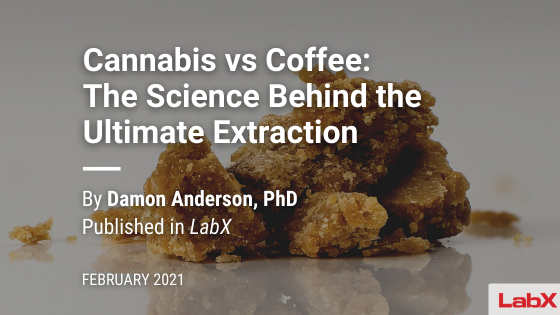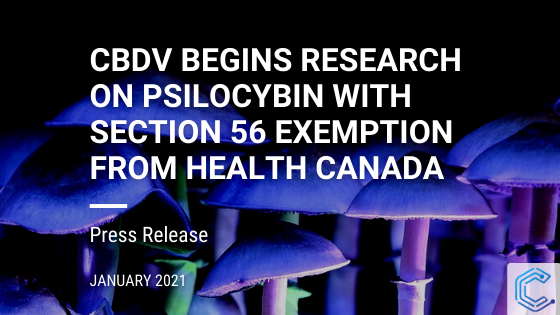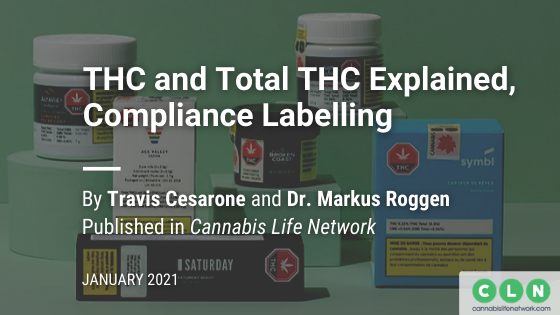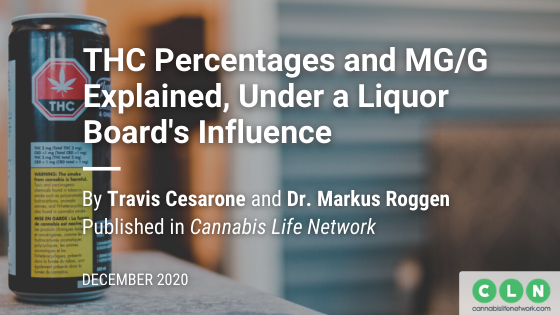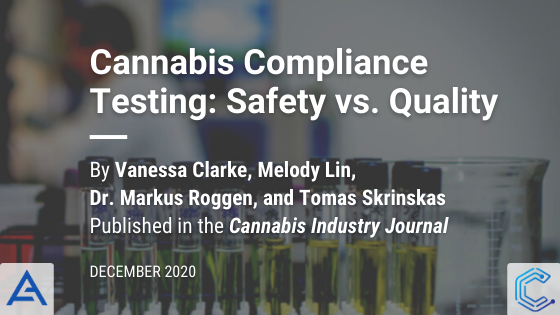Articles
In this #AskAnExpert, Dr. Markus Roggen explains how THCa and CBDa change after they are distilled and what happens to their acid groups after an acidic cannabinoid is decarboxylated.
The intoxicating ingredient, THC, was officially isolated in 1964. After 56 years, an isomer of THC, Delta-10-THC, was identified in cannabis extract for the first time. But, how many different variations and isomers of THC are truly in cannabis, and how many more can exist if we go beyond the realm of quantitative data?
Whether filtered coffee, French press, or espresso, all methods for brewing involve the central process of extraction. Each brewing method requires a consistent and ideal size of grind, ranging from coarse to super fine, and each extraction method calls for uniform coffee particles in order to deliver the unique characteristics of the brew.One could think of cannabis or hemp concentrates in a similar light.
Our new services offer comprehensive insights into plant material, extracts, end-products and even the smoke/vapor by using state-of-the-art analytical instruments. By understanding the chemical fingerprint of the material, cannabis producers can eliminate impurities, adjust potencies, and optimize extraction processes before wasting money and resources on producing inconsistent end products. As a chemist I am really excited about adding NMR and high-res mass spectroscopy to the cannabis testing offerings
Learn the differences between THC and the THC total based on Health Canada’s compliances and beyond.
Dr. Markus Roggen has a bone to pick with the way total THC is presented on labels: “I don’t think so much in weight, I think in the number of molecules… moles”
Supercritical CO2 extraction plays a significant role in the cannabis industry. However, there are many factors that affect extraction outcomes, such as extractor temperature and pressure, flow-rate, and separator conditions. DELIC Labs developed a large and diverse database of cannabis extraction runs. This database has allowed the data scientists’ team at DELIC Labs to save clients time, money, and resources.
A lack of budget and awareness means cannabis companies don’t test beyond what is required by health canada, which means searching for unidentified, potentially dangerous compounds, as well as tests for quality, rarely occur.
If you think hemp processing works the same as cananbis extraction, think again. And we totally over-think things, so here is a computational chemistry answer, why it is different.
Data analytics in sports was once a new, experimental concept before it was embraced. In the cannabis market, data analytics is a relatively new tool in our arsenal that can vastly improve our understanding of extraction.






